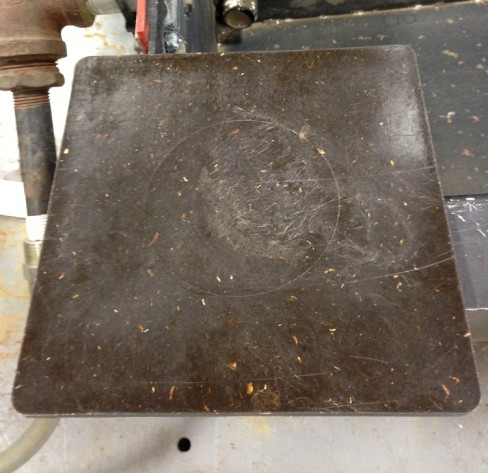Bio Composites
In the other lectures throughout the day a variety of other aspects about the recycling of composites were discussed including the importance of labeling and separating for ease of recycling, the challenges of chopping up old fighter jets into chopped carbon fiber, and the future of recycling asphalt roofing shingles. The strength of using chopped fiber versus virgin continuous strand was also discussed. Some vendors had begun to set out their product samples, such as Polystrand’s line of recycled corrugated thermoplastic plastic panels utilizing continuous fiber reinforcement.
After the lectures, there was a tour of UAB’s composites research lab. The facilities are used by the composite engineering graduate students both for original research as well as for R&D and manufacturing for private companies. Equipment included machines for testing as well as for manufacturing. Demonstrations for us included a machine that was used to create custom pellets where composite materials could be combined with resins in custom combinations. Most interesting to me was the combination of partially recycled thermoplastics that were combined with natural fiber such as banana fiber to create green composites. The fact that these could be formed on site was very exciting. They also demoed their compression molding machine with this green composite formulation.
- a green composite sample consisting of banana fiber and partially recycled plastic
For part 1 of this series, please click here.


